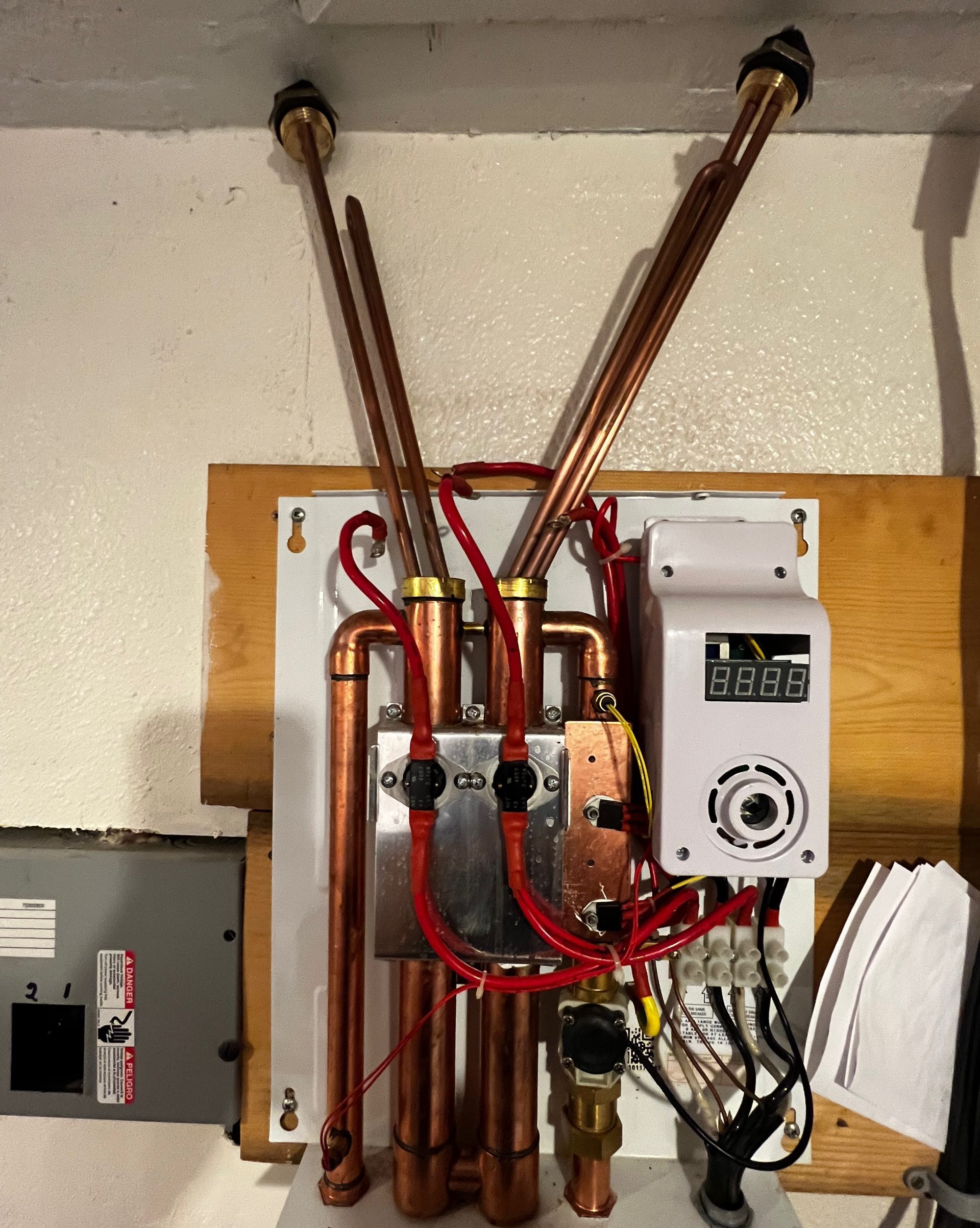Effective Strategies for Maintaining Your Home's Hot Water SystemSteps on How to Care for Your Home's Hot Water System Effectively
Effective Strategies for Maintaining Your Home's Hot Water SystemSteps on How to Care for Your Home's Hot Water System Effectively
Blog Article
Were you looking for facts about How to Maintain a Hot Water Heater in a Few Simple Steps?

Hot water is necessary for daily convenience, whether it's for a refreshing shower or washing recipes. To guarantee your warm water system runs efficiently and lasts longer, normal upkeep is vital. This write-up gives practical tips and insights on exactly how to keep your home's warm water system to stay clear of disruptions and costly repairs.
Introduction
Preserving your home's hot water system may appear overwhelming, but with a few easy steps, you can guarantee it operates smoothly for many years ahead. This overview covers every little thing from comprehending your warm water system to do it yourself maintenance ideas and understanding when to call specialist aid.
Relevance of Keeping Your Hot Water System
Normal upkeep not just prolongs the lifespan of your hot water system yet additionally guarantees it operates effectively. Ignoring upkeep can bring about lowered performance, greater power costs, and also early failing of the system.
Indicators Your Hot Water System Needs Maintenance
Knowing when your hot water system needs attention can prevent significant problems. Watch out for indications such as inconsistent water temperature, unusual noises from the heater, or rusty water.
Purging the Water Heater
Flushing your water heater eliminates sediment accumulation, improving efficiency and extending its life.
Checking and Replacing Anode Rods
Anode rods stop corrosion inside the tank. Inspecting and changing them when broken is critical.
Facility Problems Needing Specialist Assistance
Examples include significant leakages, electrical problems, or if your hot water heater is regularly underperforming.
Routine Specialist Upkeep Advantages
Specialist upkeep can include thorough assessments, tune-ups, and making sure compliance with security standards.
Inspecting and Readjusting Temperature Settings
Readjusting the temperature setups guarantees optimal efficiency and security.
Do It Yourself Tips for Maintenance
You can perform numerous upkeep tasks yourself to maintain your warm water system in top problem.
Looking for Leaks
Frequently examine pipes and connections for leaks, as these can bring about water damages and higher bills.
Recognizing Your Warm Water System
Before diving into upkeep tasks, it's helpful to recognize the fundamental parts of your warm water system. Generally, this includes the hot water heater itself, pipes, anode rods, and temperature controls.
Monthly Upkeep Tasks
Routine monthly checks can aid catch small issues prior to they intensify.
Evaluating Pressure Alleviation Valves
Checking the pressure safety valve ensures it functions correctly and protects against excessive stress buildup.
Shielding Pipelines
Insulating warm water pipes minimizes heat loss and can save power.
When to Call a Professional
While DIY upkeep is advantageous, some concerns need specialist competence.
Final thought
Regular upkeep of your home's hot water system is necessary for efficiency, durability, and price savings. By adhering to these suggestions and recognizing when to seek specialist help, you can ensure a trustworthy supply of hot water without unforeseen disturbances.
How to Maintain an Instant Hot Water Heater
Before tinkering with your hot water heater, make sure that it’s not powered on. You also have to turn off the main circuit breaker and shut off the main gas line to prevent accidents. Also turn off the water valves connected to your unit to prevent water from flowing into and out of the appliance. 2. When you’re done, you have to detach the purge valves’ caps. These look like the letter “T” and are situated on either side of the water valves. Doing so will release any pressure that has accumulated inside the valves while at the same time avoid hot water from shooting out and burning your skin. 3. When the purge valves’ caps are removed, you have to connect your hosing lines to the valves. Your unit should have come with three hoses but if it didn’t, you can purchase these things from any hardware or home repair shops. You can also get them from retail stores that sell water heating systems. Read the user’s manual and follow it to complete this task properly. When the hosing lines are connected, open the purge port’s valves. 4. You should never use harsh chemical cleaners or solutions when cleaning your unit. Make use of white vinegar instead. It should be undiluted and you’ll probably use about 2 gallons. 5. Now flush your water heater. This task should probably take about 40 minutes. We can’t give you specific directions for this because the procedure is carried out depending on the type, model and brand of your heater. With that being said, refer to the user’s manual. 6. When you’re done draining the unit, you have to turn off the purge port valves again. Remove the hosing lines that you earlier installed on each of the water valves. Put the valve caps (purge port) back in their respective places and be very careful so as not to damage the rubber discs that are found inside these caps. 7. Now that everything’s back in place, check your user’s manual again to find out how to reactivate your water heating system. 8. Once it is working, turn one of your hot water faucets on just to let air pass through the heater’s water supply pipes. Leave the tap on until water flows smoothly out of it. https://www.orrplumbing.com/blog/2014/september/how-to-maintain-an-instant-hot-water-heater/

I came across that piece of writing on Tips on Maintaining a Water Heater when surfing around the internet. Do you know anybody else who is fascinated with the subject? Do not hesitate to promote it. We take joy in your readership.
Click Here Report this page